Mary Baker Russell Music Center
The Mary Baker Russell Music Center includes: choral and instrumental rehearsal spaces; faculty studios, practice rooms; a music library; electronic music labs; classrooms; and the acoustically impressive Lagerquist Concert Hall, which houses the Gottfried and Mary Fuchs Organ. This building also features the magnificent Chihuly Glass Roses installation in the lobby, and the Amphitheater, the perfect location for outside concerts.
Lagerquist Concert Hall
Pacific Lutheran University’s ensembles perform in the acoustically impressive and well-known Lagerquist Concert Hall, which houses the Gottfried and Mary Fuchs Organ, built by Paul Fritts and Co, finished in 1998.
 The hall seats fewer than 550, but the stage is sized for a full orchestra or a chorus with a chamber orchestra. The hall’s traditional shoebox design features a floor plan broken up by side arms and a raised parterre. Orchestra risers on the stage ensure good sightlines into the heart of the orchestra from anywhere in the audience and help communication on stage. The front parts of the risers are easily moved to accommodate chamber performances and jazz set-ups; the rear of the risers are demountable in case a flat floor set-up is ever desired, but to date this has not been required.
The hall seats fewer than 550, but the stage is sized for a full orchestra or a chorus with a chamber orchestra. The hall’s traditional shoebox design features a floor plan broken up by side arms and a raised parterre. Orchestra risers on the stage ensure good sightlines into the heart of the orchestra from anywhere in the audience and help communication on stage. The front parts of the risers are easily moved to accommodate chamber performances and jazz set-ups; the rear of the risers are demountable in case a flat floor set-up is ever desired, but to date this has not been required.
The 50-foot ceiling ensures ample reverberation for the chorus, orchestra, and a magnificent Fritts pipe organ. Lower side walls are undulating wood paneling with inset seating niches. The upper walls of the room are painted block, with a mixture of split-face and honed-face block creating a beautiful pattern as well as high-frequency diffusion. Deep structural masonry pilasters provide low-frequency diffusion and allow the structural wall to double as the finished interior wall. Velour banners travel vertically between the pilasters to reduce reverberation for jazz and recital programs.
Because of noise from a nearby air force base, the hall has a pitched, shingle roof over the concrete ceiling slab, creating a deep airspace.
The room is most successful for its core uses – chorus, orchestra, and organ. It remains a fine recital space as well, with the addition of a low, rolling recital screen behind the performers.
Paul Fritts marvels at the acoustics of Lagerquist Concert Hall with important features such as height and the proven “shoebox” shape. Since its dedication in February 1995, Lagerquist Concert Hall has developed a reputation for outstanding acoustics and a flawless recording space. Built solely for the performance of music, the hall is highly sought after by local, national and international performers. Its unique acoustics have also made it popular among local groups as an excellent recording space.
The Gottfried and Mary Fuchs Organ
The Gottfried and Mary Fuchs Organ is a “tracker” or mechanical-action organ, as opposed to the more common electric or pneumatic organ. This means the action allowing air to pass to the pipes is purely mechanical. The basic concept of the tracker organ hasn’t changed much since medieval times. Pressing a key activates a series of levers, springs and push rods that let the air pass from the bellows to the pipes-the keys literally are suspended from the valves enabling the organist intimate, reliable contact with the winding of the pipes. Sometimes the distance between the keys and pipes is more than 30 feet. Most of the distance is spanned by trackers, which are very thin strips of sugar prime.
 The case is made from old growth Douglass Fir carefully salvaged from downed trees otherwise left in the forest. This noble wood has, over the years, darkened to the deep honey color we see today. The carvings, designed and carved by Judy Fritts, the builder’s sister, are made of Basswood. There are 224 square feet of carvings on the organ.
The case is made from old growth Douglass Fir carefully salvaged from downed trees otherwise left in the forest. This noble wood has, over the years, darkened to the deep honey color we see today. The carvings, designed and carved by Judy Fritts, the builder’s sister, are made of Basswood. There are 224 square feet of carvings on the organ.
The Fritts workshop is located just blocks from PLU. All of the parts of the organ (except for small hardware items, the blower and preset system) were made from raw materials. This includes the pipes that begin as ingots of tin and lead melted and cast into sheets on the casting table. These sheets are hammered or planed then cut, rounded and soldered together to make the 3,912 pipes.
For more information on the organ’s carvings visit Jude Fritts’ website.
The essential sounds found within the pipe organ:
The Principals
The essential and most characteristic singing sound of the organ is derived from the open cylindrical pipes that one can see on the front of the organ case. When several sets of these pipes are used together in pitches from low to high, the organ sounds its “plenum” or principal chorus. The mixture stops-some with seven pipes sounding per key—add sparkle and brilliance to the top of the principal choruses of each division or section of the organ.
The Strings
This family of organ comes from open pipes made narrower than principal pipes, thus generating a lighter weight tone with silvery quality. A special combination of string pipes includes the Viole de Gambe plus the void Celeste, where one set of pipes is tuned slightly sharp to create an ethereal undulating sound.
The Flutes
Sweet, warm ad colorful in sound, the flute pipes provide a wide array of timbre in gentle tones. Also arranged in choruses for each keyboard, flute pipes are constructed in a wide variety of hopes, including fully open, completely capped, partly caped with chimneys, or tapered like a steeple.
The Reeds
While the first three types of pipe tone are generated from Flue pipes (sophisticated whistles), the reed pipes create tone by means of a vibrating brass tongue that works in a similar way as the reed of an orchestral clarinet. Different shaped resonators permit a variety of quasi woodwind and brass timbres, such as Trompet, Dulcian, Hautbois and Posaune. Reed pipes are available either for solar purposes or to add the final poet to a full ensemble. The Gottfried and Mary Fuchs Organ is remarkable for its large number of reed stops (14) each requiring great skill and time to voice and regulate.



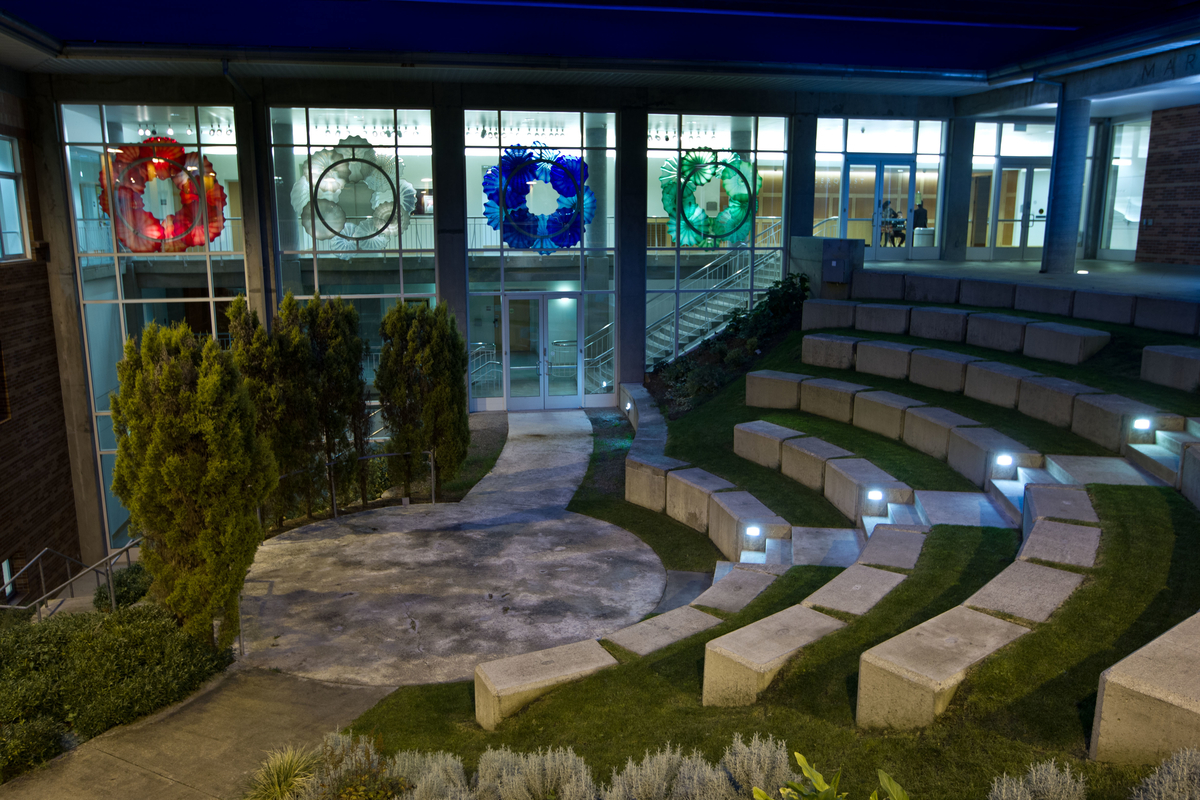
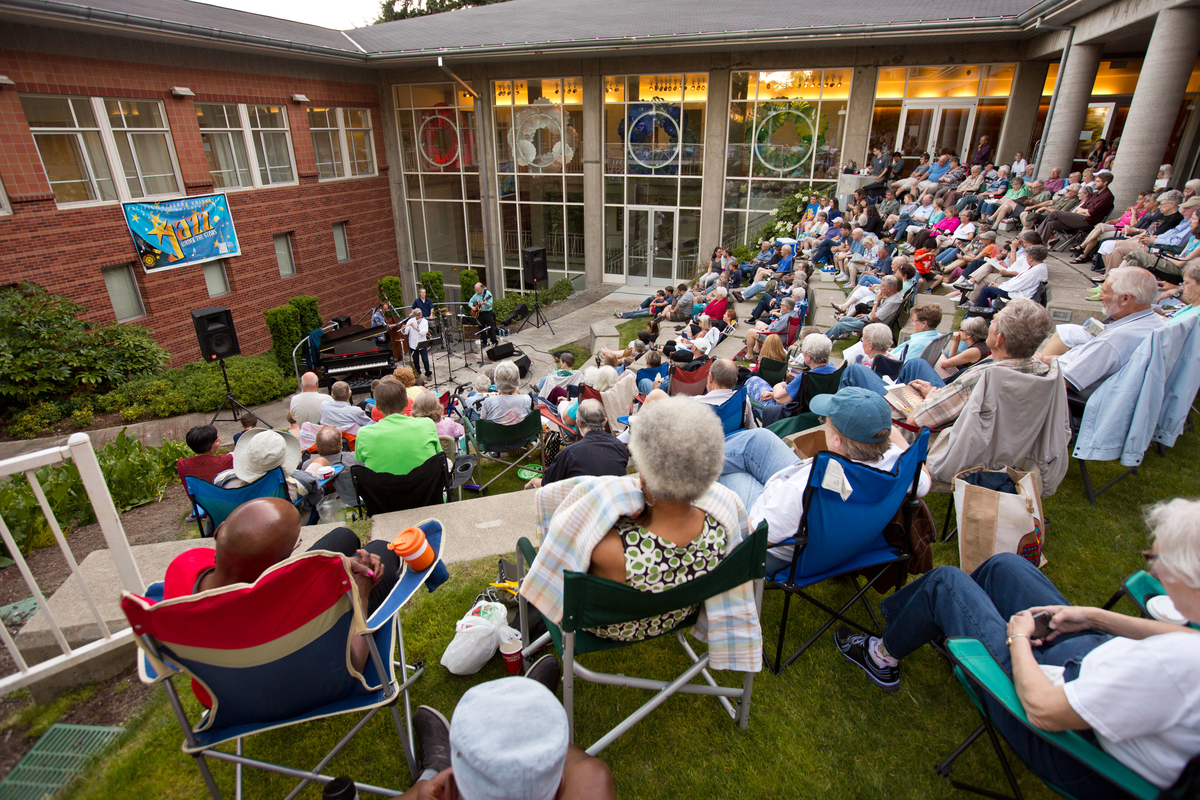
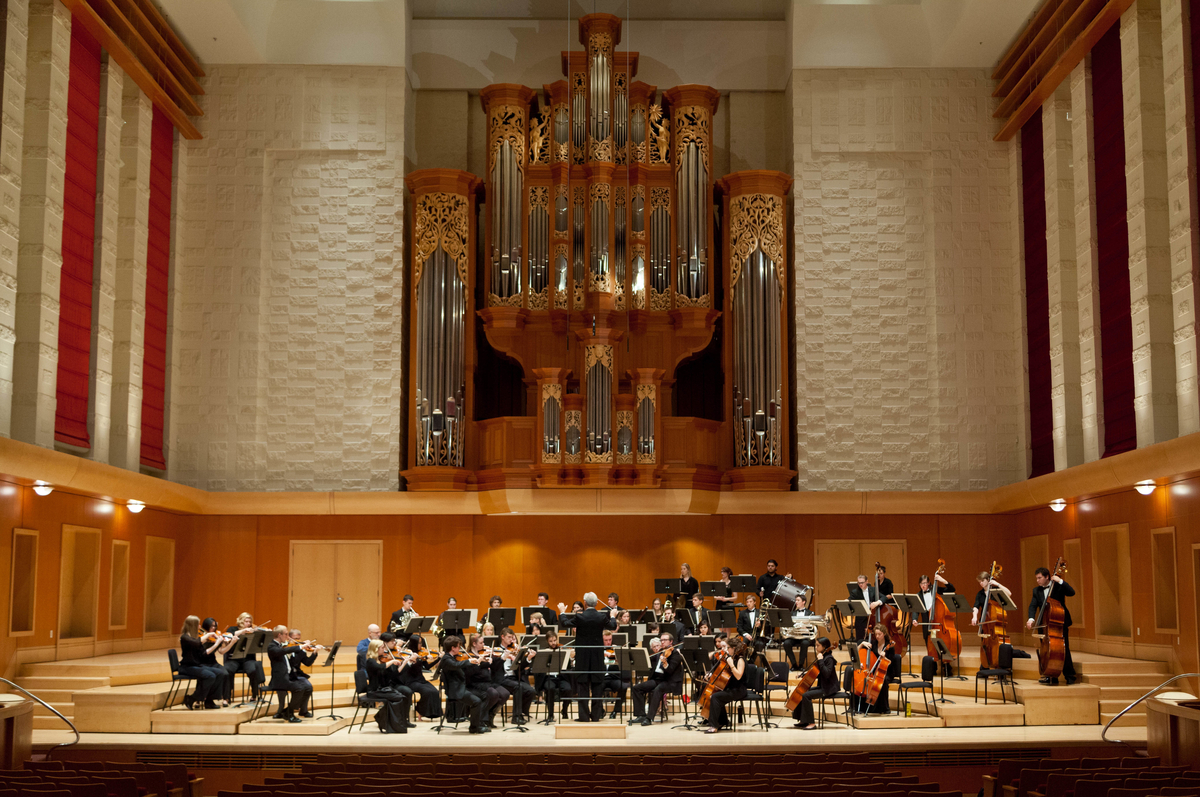
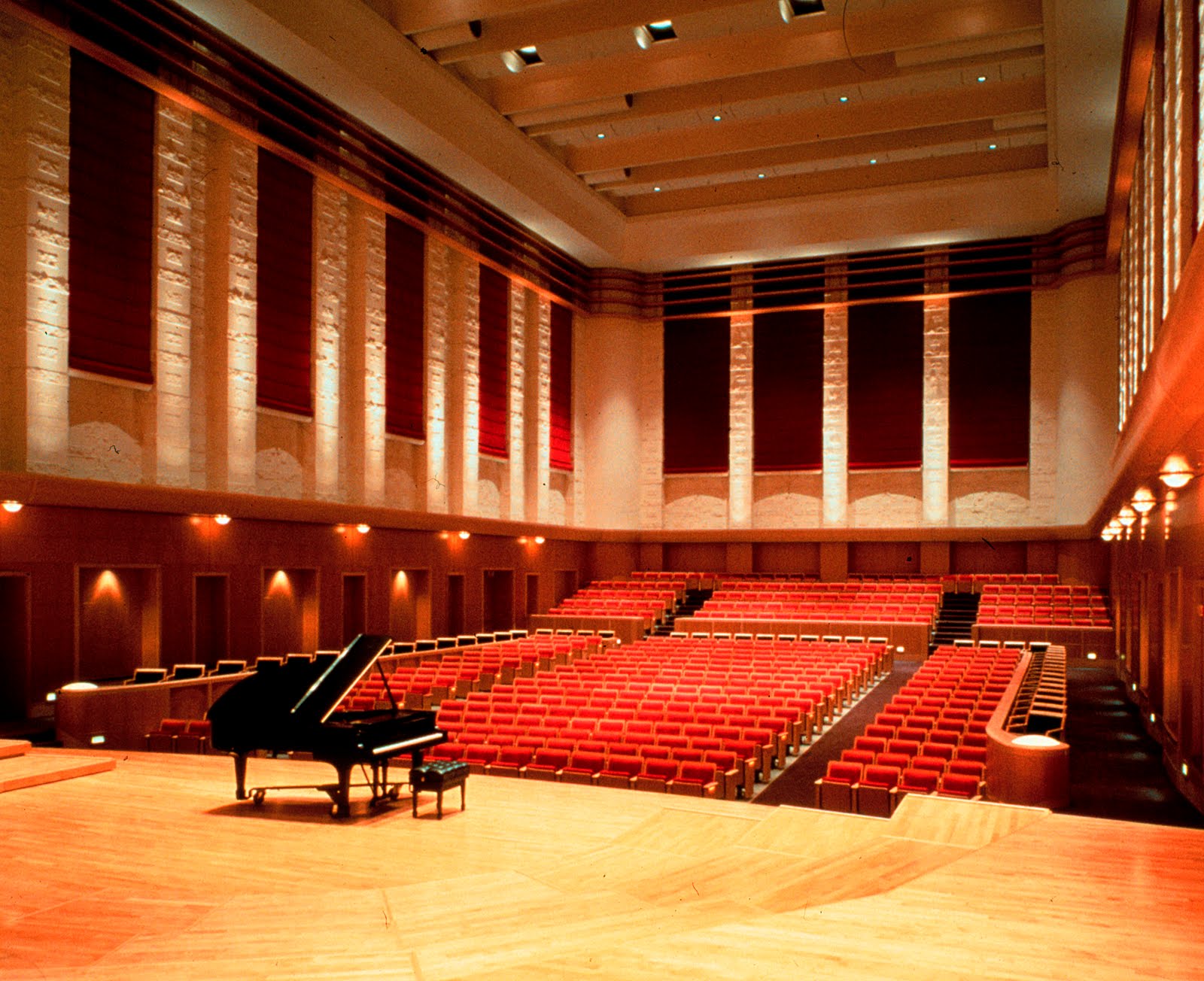
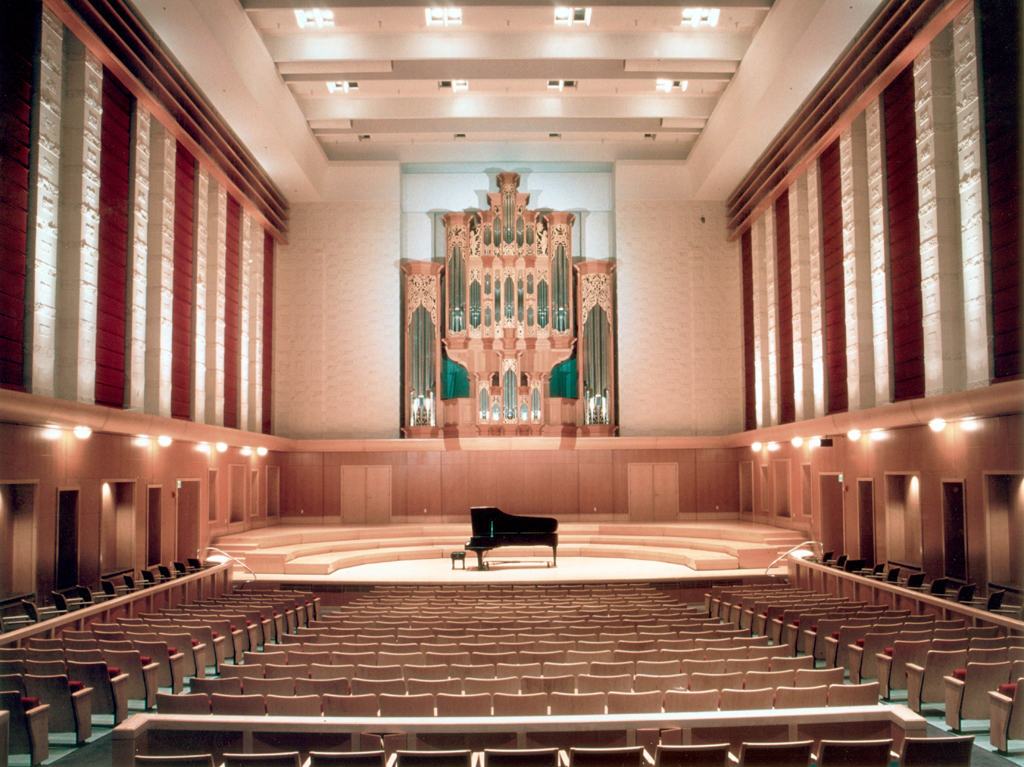
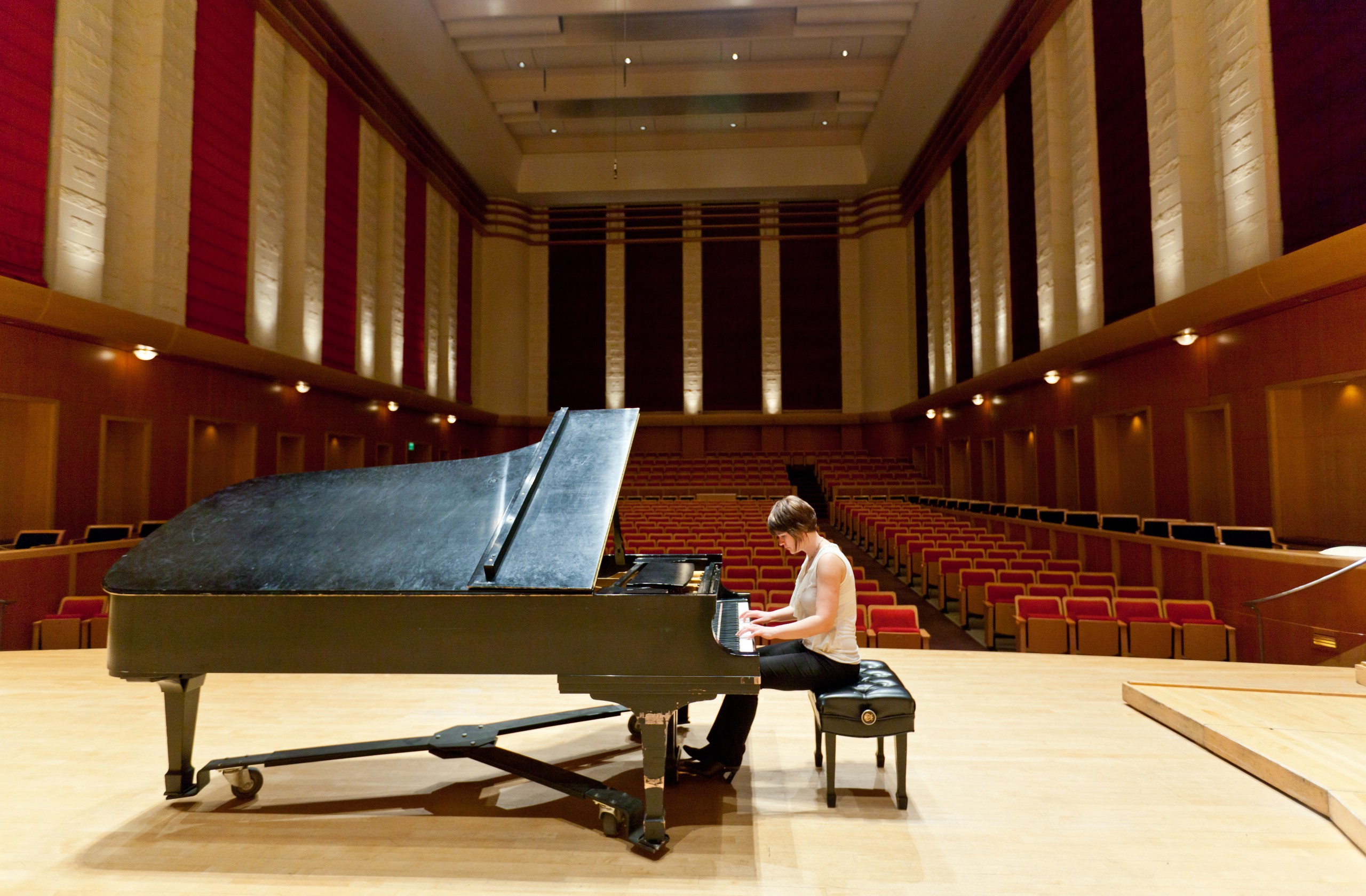
Social Media